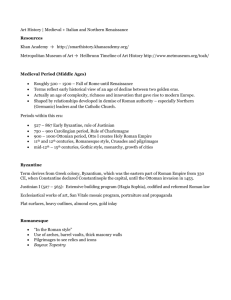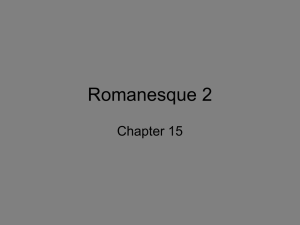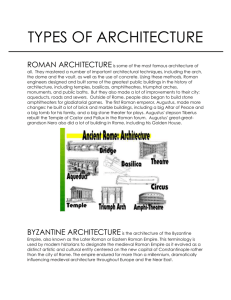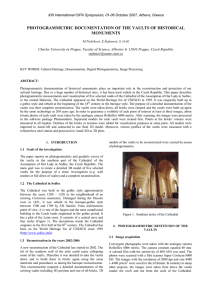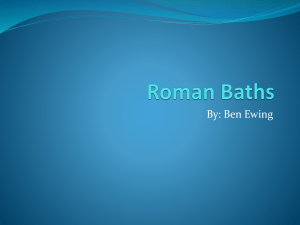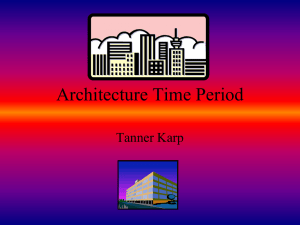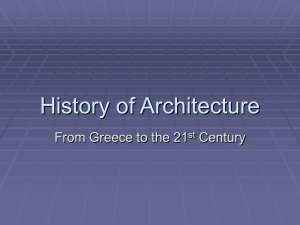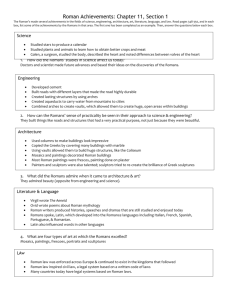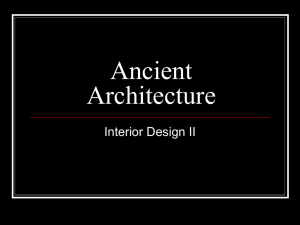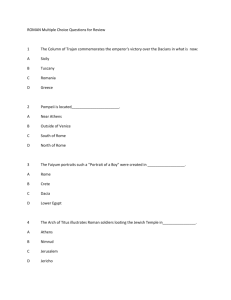Microsoft Word 2007
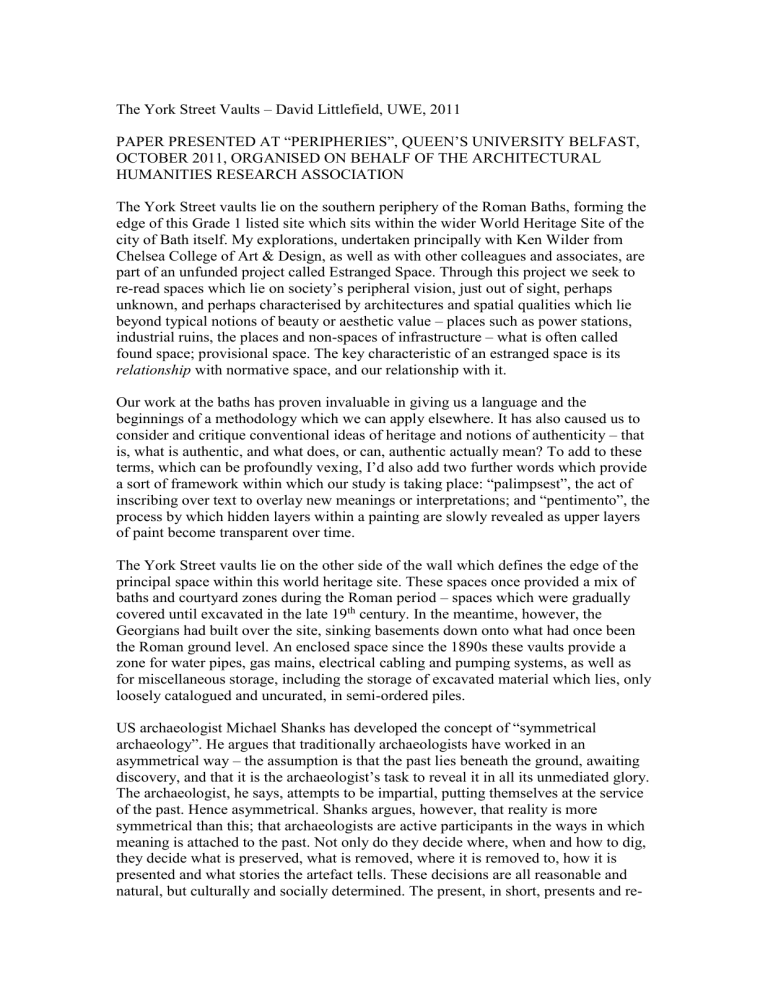
The York Street Vaults – David Littlefield, UWE, 2011
PAPER PRESENTED AT “PERIPHERIES”, QUEEN’S UNIVERSITY BELFAST,
OCTOBER 2011, ORGANISED ON BEHALF OF THE ARCHITECTURAL
HUMANITIES RESEARCH ASSOCIATION
The York Street vaults lie on the southern periphery of the Roman Baths, forming the edge of this Grade 1 listed site which sits within the wider World Heritage Site of the city of Bath itself. My explorations, undertaken principally with Ken Wilder from
Chelsea College of Art & Design, as well as with other colleagues and associates, are part of an unfunded project called Estranged Space. Through this project we seek to re-read spaces which lie on society’s peripheral vision, just out of sight, perhaps unknown, and perhaps characterised by architectures and spatial qualities which lie beyond typical notions of beauty or aesthetic value – places such as power stations, industrial ruins, the places and non-spaces of infrastructure – what is often called found space; provisional space. The key characteristic of an estranged space is its relationship with normative space, and our relationship with it.
Our work at the baths has proven invaluable in giving us a language and the beginnings of a methodology which we can apply elsewhere. It has also caused us to consider and critique conventional ideas of heritage and notions of authenticity – that is, what is authentic, and what does, or can, authentic actually mean? To add to these terms, which can be profoundly vexing, I’d also add two further words which provide a sort of framework within which our study is taking place: “palimpsest”, the act of inscribing over text to overlay new meanings or interpretations; and “pentimento”, the process by which hidden layers within a painting are slowly revealed as upper layers of paint become transparent over time.
The York Street vaults lie on the other side of the wall which defines the edge of the principal space within this world heritage site. These spaces once provided a mix of baths and courtyard zones during the Roman period – spaces which were gradually covered until excavated in the late 19 th century. In the meantime, however, the
Georgians had built over the site, sinking basements down onto what had once been the Roman ground level. An enclosed space since the 1890s these vaults provide a zone for water pipes, gas mains, electrical cabling and pumping systems, as well as for miscellaneous storage, including the storage of excavated material which lies, only loosely catalogued and uncurated, in semi-ordered piles.
US archaeologist Michael Shanks has developed the concept of “symmetrical archaeology”. He argues that traditionally archaeologists have worked in an asymmetrical way – the assumption is that the past lies beneath the ground, awaiting discovery, and that it is the archaeologist’s task to reveal it in all its unmediated glory.
The archaeologist, he says, attempts to be impartial, putting themselves at the service of the past. Hence asymmetrical. Shanks argues, however, that reality is more symmetrical than this; that archaeologists are active participants in the ways in which meaning is attached to the past. Not only do they decide where, when and how to dig, they decide what is preserved, what is removed, where it is removed to, how it is presented and what stories the artefact tells. These decisions are all reasonable and natural, but culturally and socially determined. The present, in short, presents and re-
presents the past and tells stories about itself via the past. The past and the present exist in an uneasy and changeable relationship. The past and present are more equal partners. Hence symmetrical.
He wrote in 2007: “Symmetrical archaeology is an attitude. Symmetry draws attention to mutual arrangement and relationship . . . a consonance of past and present, individual and structure, person and artefact, biological form and cultural value, symmetry is about relationships.” He continues: “The creative and created past rather requires two connected acknowledgements: that the past did not end at some point, and that the past is what it was through connections that take the inquiring archaeologist beyond the confines of any particular and local context, into an anthropological and historical field of comparative examples and connections. The past, in this attitude, is thus a resource as much as source. Again, archaeologists do not discover the past, but treat the remains as a resource in their own creative
(re)production or representation.”
1
This is a useful argument, as it helps us negotiate a way through the difficult and complex terms of heritage (the self-conscious, curated and often commodified presentation of history) and authenticity (the determination of what is genuine, real, with provenance, worth keeping). A musket ball is just a musket ball, until you’re told it is the very musket ball that killed Horatio Nelson. Then the authentic musket ball assumes the mantle of heritage; it is an artefact to which a story can be attached. But materially it is a musket ball like any other. The difference is one of narrative, of cultural value, of modes of perception. International cultural organisation Unesco has gone to great lengths to define authenticity, and the harder it tries to fix the definition, the broader and vaguer the definition seems to become; it is generally accepted now that the authentic has both tangible and intangible expression.* In other words, the artefact or space has to have both genuine material substance and the application of some sort of cultural value – that is, the application of a narrative, or the potential for a story, or an imagined one. Value, in fact, is just as important as matter.
And this mirrors the way we see. When we see something we judge it; because sight is an internal process of the mind, objects and spaces bring with them: associations, memories, symbols, meanings, narratives, values. What we see depends so very much on our sense of value and meaning; change the meaning, you change what you see.
“It is impossible, in this world, to separate things from their way of appearing,” wrote
Maurice Merleau-Ponty. He described what he called “an enigmatic world of which we catch a glimpse . . . but only ever from points of view that hide as much as they reveal.”
2
So how do we approach the York Street vaults, this spatial collision of different eras, this aesthetic jumble, this uncurated and untidy back-of-house mess? How might we bring art practice , design process and the application of theories of perception, to bear on this space?
A natural curiosity of the place provided a clue. In order to fully experience the place, to get the fullest kinaesthetic kick, I sat in the vaults and turned the lights off – to better experience the sound, smell, humidity and taste of the place. Only to discover small apertures in the wall converted the vaults into a camera obscura, providing
inverted images of visitors to the baths, projected onto the wall. One can sit, unobserved and unsuspected, watching the ghostly movements of this natural phenomenon, the projection of the outside into the inside. And with a camera, one can amplify the light, condensing time and light into a single static image, revealing what the eye cannot see, offering a virtual transformation of the vaults into a space of much greater depth, with distinctly ephemeral qualities.
This accidental discovery triggered a set of exercises, using light to adjust the qualities of the space, to focus the view and to privilege not just the Roman but the space as a record of 2000 years worth of human occupation. Pentimento and palimpsests have value too. One of the characteristics of the estranged space is the sense of dislocation one experiences within them, especially when the threshold is brief, and the change from normative to estranged space is abrupt. I have taken groups of students to the vaults and their response is typically one of horror – that the proximity of the Roman with something as banal as modern plumbing is somehow in poor taste, an act of disrespect. But it is all authentic and as a collection of undesigned interventions the vaults take on a character all their own. Could the vaults be rerepresented, extracting or amplifying any spatial and aesthetic quality, changing them without changing them?
It becomes an exercise in how to focus the view; to challenge it; to formalise or disperse it; to discover if the values through which we judge the space can be altered by amending, framing, the way in which we see it. Therefore, we try to alter the way in which we see in two ways: by affecting what we see, and affecting the values through which what we see is judged.
We’ve explored that notion of the glimpse, using something of the ephemeral qualities of the camera obscura effect: the way it transforms the perceived depth of the space; its playfulness with texture; and the sense of movement where you least expect it. Through a custom-made apparatus based on a surveyor’s tripod, we’ve built a device that projects a vertical strip of light. Designed to capture the architectural section, this strip of light has the effect of limiting the view, of lighting just the geology of the space while leaving what remains in total darkness.
What ensues, especially when the light source revolves, is a band of light which simultaneously illuminates and abstracts the space; it becomes a composition on which the gaze can be concentrated. Light becomes a protagonist in a spatial drama.
And it is a form of drawing.
Painters and art theorists in the 1920s, especially Paul Klee and Carl Einstein, described abstract and purist art as privileging not the object, but the “sensation” of the object; of being less concerned with surface and more concerned with space, of celebrating spatial ambiguity and questioning the role of the view.
3 “The object is surely dead. The sensation of the object is of first importance,” wrote Klee. Carl
Einstein echoed this approach, writing in 1929: “During the past twenty years the grip of mechanized reality has diminished, and hallucinatory and mythological invention has increased. The pictorial image is a condensation, an arresting of psychological processes, a defense against fugitive time and thus against death. One could call it a distillation of dreams.”
4
Our lighting and filming, this choreography of light, references this approach of opening the door for myth-making by controlling, or confounding, the nature of the view. The concentration of illumination into a strip evens out the relative values of the vaults’ content. Roman, Georgian, Victorian and the contemporary; Classical stone,
19 th century brick, 20th century services . . . each take their place matter-of-factly, like the sediment within a core of earth drilled by geologists. Revealing the place in fragments, one does not perceive the vaults as a whole; rather, one is presented with a puzzle of glimpses and abstractions. One can only slowly create a mental model of the place, but without the framework of values and aesthetic judgements we naturally bring to our vision when presented with the wider, unmediated view. It is an act of curation, but one which requires the viewer to piece together remembered fragments, sensations and impressions, as well as to negotiate the ambiguities of scale.
The purpose of this work is to try to understand these spaces as having an aesthetic value, which is especially important when considering how these spaces might become more accessible to the public, to be further integrated into the tourist experience of the baths. There is some consideration of how these spaces might be refurbished or rehabilitated. But it may be that the vaults do not need to be rehabilitated at all, only revealed – their estrangement made clear. The use of light installation, projection and film as site analysis tools helps establish a method through which we might study other estranged places, providing a set of tactics including: the role of light, scale and texture; sightlines; the relative positions of viewer, light source and the illuminated object; decisions, like the symmetrical archaeologist, of what is revealed and what is not; and leaving room for the accidental and the chance discovery.
It is interesting to consider this estranged, aberrant space as something of a laboratory.
Just as neuro-scientists and psychologists learn much about the brain by examining the effects of damage or unusual conditions, we ask whether or not, or how, estranged space can help us better understand the dynamics of the everyday. Or even if these spaces deserve to be estranged at all. Because it might be that these places offer the most exciting clues about a new palette of architecture, challenging or transgressing the norms and codes of the everyday.
The York Street vaults, we hope, may come to be perceived differently, as the raw material for sculpture. A process of discovering aesthetic value, or even beauty, where you least expect to find it. Whether the sculpture belongs to the vaults themselves, or the act of curation through film and photography which provide only partial views of them, is a moot point. This act of curation and re-presentation falls somewhere between amplifying a narrative which lies implicit within this peripheral space, and creating a narrative by manipulating what one sees. It is a process of spatial editing, no different in this sense from the curation undertaken within the tourist experience of the baths themselves. Only in the York Street vaults, the Roman is not privileged over other eras; the site is presented as a text which has been continually rewritten, erased and edited.
1 Shanks M. “Symmetrical Archaeology”, World Archaeology , Vol 39(4): 589-596. Taylor & Francis.
2 Merleau-Ponty M. The World of Perception . Routledge (2008)
3 A compelling account of this thinking is contain ed within: Naegele D, “Savoye Space”, Harvard Design
Magazine, (Fall 2001)
4 See Carl Einstein’s introduction to the journal Documents , 1929.
* See especially Unesco documents which emerged from the Nara, San Antonio and Great Zimbabwe international meetings.

